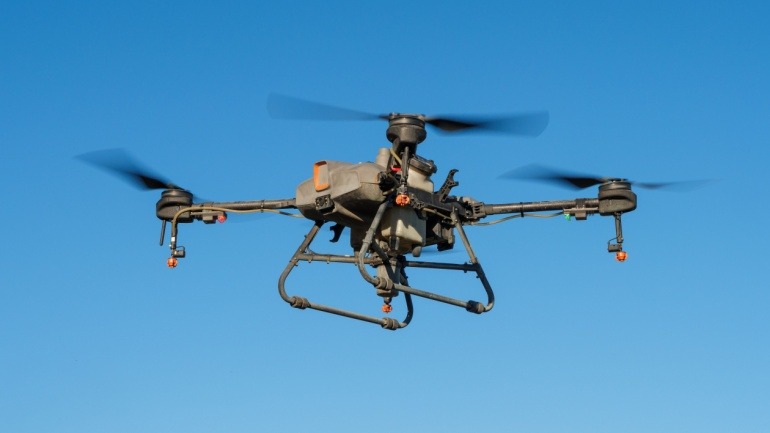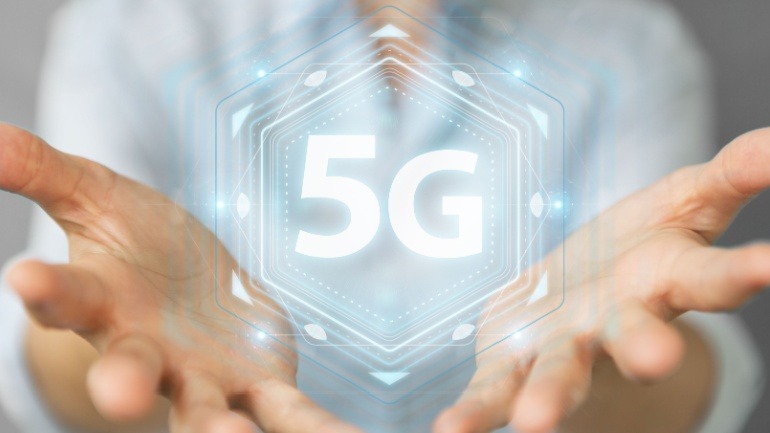AIS’s launch of Thailand’s first hyperscale cloud platform marks a pivotal shift in local digital transformation. By partnering with Oracle, AIS Cloud ensures data sovereignty and compliance with Thai laws, reducing foreign dependency. This advancement is crucial for businesses embracing AI and big data.
SK Telecom is advancing its AI capabilities by collaborating with Rebellions to trial a domestic AI chip, ATOM, for improved AI services. The initiative aims to achieve self-reliance in AI technology, enhancing Korea’s global standing.
A recent study by BT highlights a critical cybersecurity gap among UK SMEs, with 39% neglecting essential training. This oversight leaves nearly two million businesses vulnerable to cyberattacks like phishing and ransomware, which affect 85% of companies.
Starlink has secured approval to provide satellite broadband in India, entering a competitive field with Airtel and Jio. Backed by a key license, it must meet strict local data and infrastructure rules before launch. With trial spectrum rights expected soon, Starlink prepares to help bridge connectivity gaps in underserved regions.
Nokia leads the EU-backed Proactif project, tapping drones and robotics for infrastructure monitoring across Europe. With 43 organizations from 13 countries involved, and notable partners like Nvidia, the aim is revolutionizing surveillance of power grids.
Eaton and Siemens Energy have partnered to deliver modular, grid-independent power solutions for data centers. Their collaboration supports faster deployment, reduced emissions, and flexible energy options. With gas turbines, battery storage, and advanced electrical systems, this initiative reshapes how data centers operate.
Vodafone Idea’s shares fell sharply after the Supreme Court denied relief on massive dues. With stalled funding, mounting losses, and shrinking market share, the company faces an uncertain future. The state risks losing its investment as Vi teeters between collapse and survival.
Sparkle’s AISNA project has transformed its network operations by automating tasks and streamlining processes. With faster alert handling and major time savings, the initiative improves efficiency and enhances customer service. Developed with Engineering, this innovation reflects Sparkle’s commitment to operational excellence and better client experiences.
Vodafone Idea is accelerating its 5G rollout across India with trials in Delhi and recent launches in key cities. Leveraging advanced energy-efficient infrastructure and AI tools, the company aims to boost network performance while expanding 4G coverage. Strategic partnerships and financial restructuring are central to its revival.
MediaTek reported strong Q1 2025 revenue growth driven by 5G, Wi-Fi 7, and AI sectors, despite a dip in gross margin. Increased R&D spending and collaboration with NVIDIA highlight its AI focus. With smartphone demand uneven and tariffs looming, the company remains cautiously optimistic about sustained growth.













